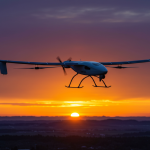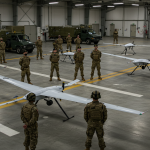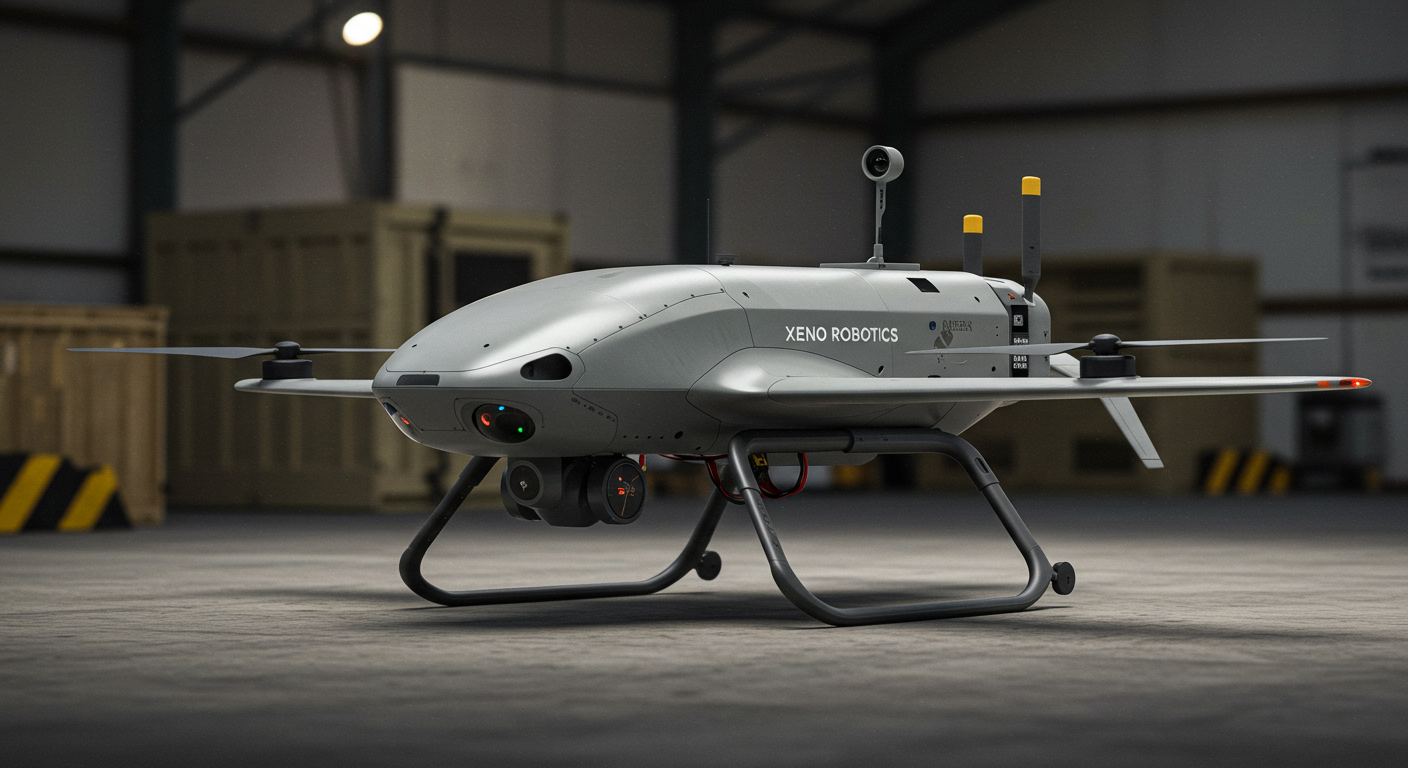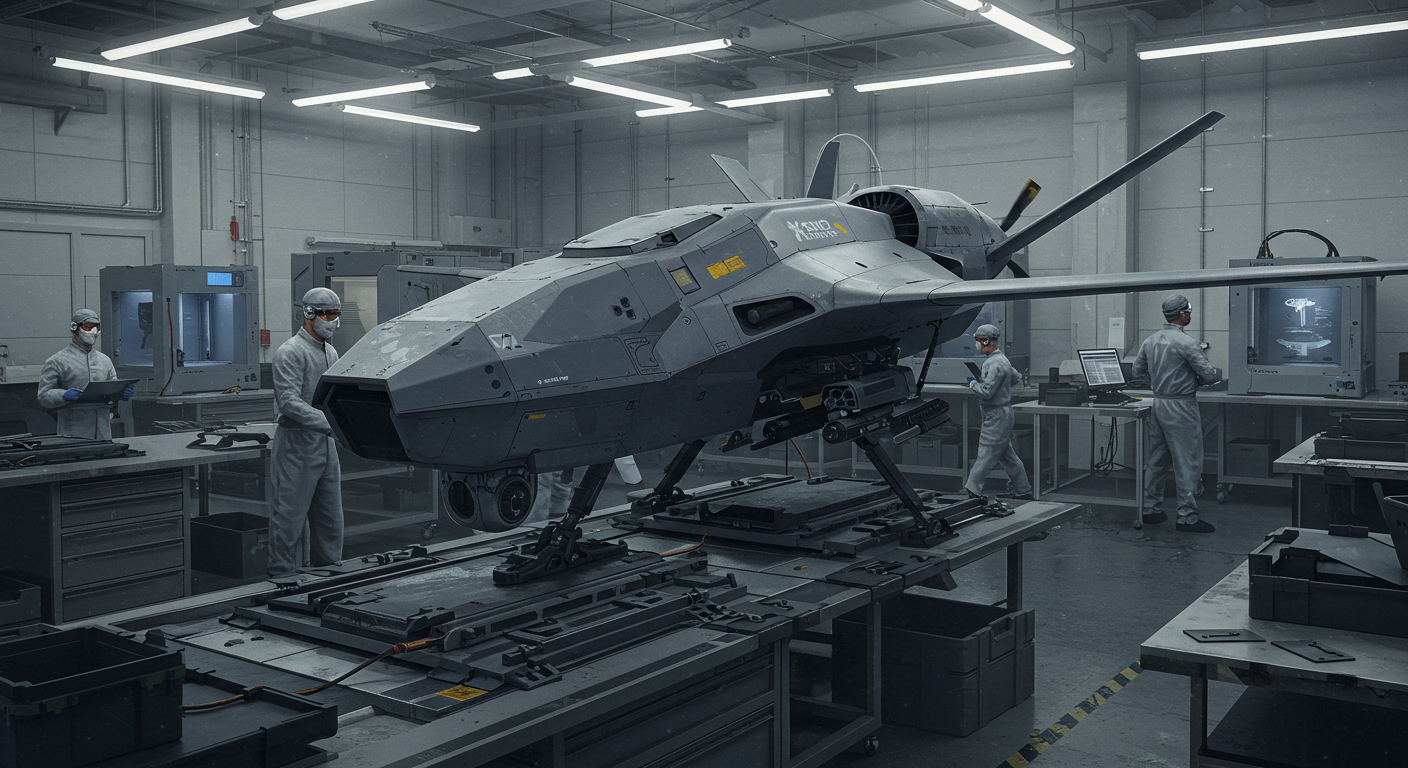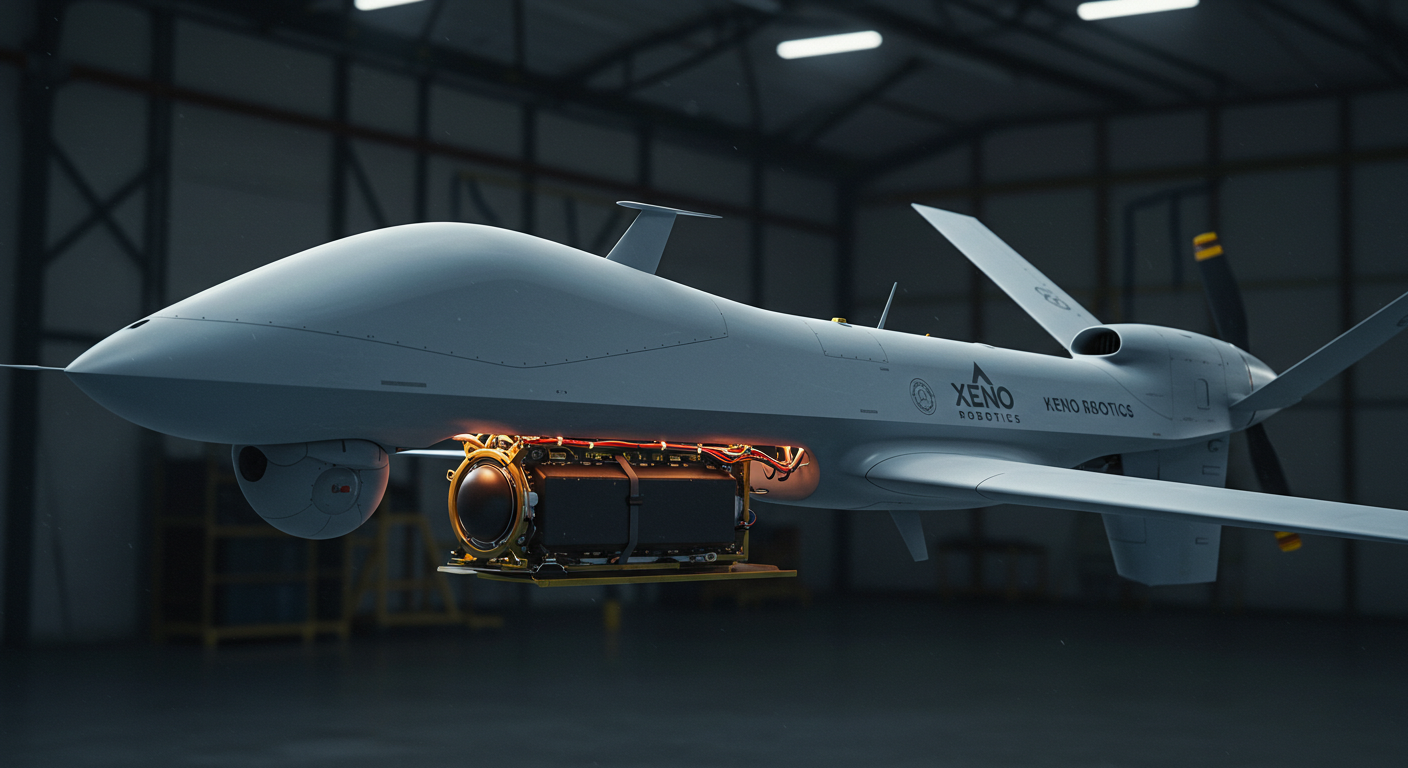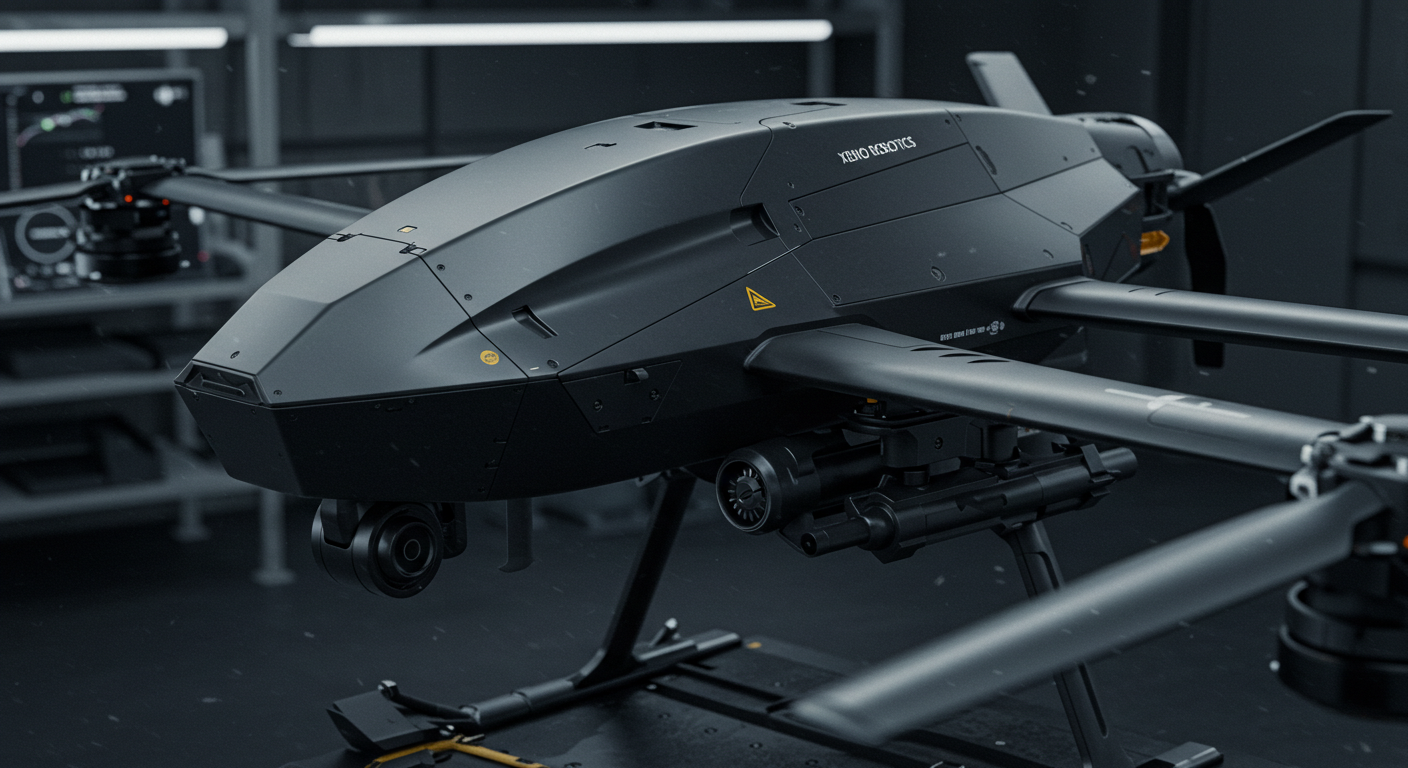Introduction
Across the globe, defense organizations are rapidly expanding their reliance on unmanned aerial vehicles (UAVs) to enhance operational effectiveness, reduce risk to personnel, and achieve real-time intelligence superiority. From reconnaissance missions to tactical strike capabilities, UAV adoption has become a cornerstone of modern military strategy—reshaping the future of warfare and security.
The Rising Demand for UAVs in Defense
Global defense forces face increasingly complex challenges in contested and asymmetric environments. Traditional air assets, while powerful, are costly and carry high risk to pilots. UAVs provide an alternative: highly versatile, cost-efficient, and deployable at scale.
According to recent defense reports, investment in unmanned aerial systems (UAS) is projected to rise steadily, with budgets shifting toward long-endurance drones, tactical VTOL platforms, and AI-enabled swarm technologies. This surge reflects not only the efficiency of UAVs but also their ability to thrive in missions where manned aircraft face limitations.
Key Drivers Behind UAV Adoption
1. Intelligence, Surveillance, and Reconnaissance (ISR)
Persistent ISR is critical in today’s high-threat environments. UAVs deliver real-time data feeds, providing commanders with continuous situational awareness without risking human operators.
2. Tactical Strike Capabilities
Armed UAVs are increasingly deployed for precision engagement in contested zones. Their ability to carry modular payloads, including guided munitions, enables precise targeting while minimizing collateral damage.
3. Logistics & Resupply
Defense logistics is evolving with UAVs capable of autonomous cargo transport and last-mile delivery. These systems are vital in contested or austere regions where traditional resupply is dangerous or impractical.
4. Cost and Efficiency
Compared to traditional fighter jets or helicopters, UAVs offer lower procurement and operating costs while delivering endurance and mission flexibility that extend their strategic value.
Global Adoption Trends
-
United States – Expanding drone fleets for ISR, counter-terrorism, and contested airspace operations.
-
NATO Allies – Increasing joint procurement of UAV systems for interoperability and coalition operations.
-
Asia-Pacific – Rising investments in UAV technologies for border surveillance, maritime patrol, and deterrence.
-
Middle East – Rapid deployment of UAVs for security, counter-insurgency, and defense modernization efforts.
This worldwide trend reflects a shared recognition: UAVs are no longer optional—they are essential components of defense strategy.
Advantages of UAV Integration in Defense
-
Extended Endurance – Multi-hour to multi-day operational capability.
-
Reduced Risk – Minimizes exposure of personnel in contested regions.
-
Versatility – Configurable payloads for ISR, combat, logistics, or EW missions.
-
Networked Warfare – Enhanced data sharing across allied forces.
-
Scalable Deployment – Ability to operate individually or in coordinated swarms.
Challenges to Overcome
Despite rapid adoption, defense forces must navigate challenges such as:
-
Electronic Warfare Vulnerabilities – Protecting UAVs from jamming and cyberattacks.
-
Regulatory Compliance – Meeting strict airspace and international defense standards.
-
Autonomy vs. Human Oversight – Balancing AI-driven autonomy with ethical and legal oversight in combat operations.
The Future of UAV Adoption in Defense
As technology advances, UAVs are expected to evolve with AI-driven navigation, autonomous swarm coordination, and hybrid energy systems. Future UAV fleets will play an even greater role in joint operations, unmanned logistics, and multi-domain warfare strategies.
Defense analysts predict that by 2035, UAVs will constitute a significant share of aerial defense assets, rivaling traditional manned aircraft in both capability and scale.
Conclusion
The rapid adoption of UAVs by global defense forces signals a pivotal shift in military strategy and technological innovation. With applications spanning ISR, strike missions, logistics, and electronic warfare, UAVs offer a combination of endurance, efficiency, and adaptability unmatched by conventional systems.
As militaries worldwide continue to integrate unmanned platforms, UAVs are poised to become the backbone of next-generation defense operations, ensuring security and dominance in an increasingly complex global landscape.


